Illustration photo: THX/TTXVN
As per capita income increases, cigarette prices become cheaper and more accessible. This is the information provided by Ms. Phan Thi Hai, Deputy Director of the Tobacco Harm Prevention Fund ( Ministry of Health ) at the Workshop on Tobacco Harm Prevention held on May 8 in Hanoi.
According to Ms. Phan Thi Hai, Deputy Director of the Tobacco Harm Prevention Fund, tobacco use is one of the leading causes of illness and premature death. Tobacco contains 7,000 chemicals, including 69 carcinogens, and is the cause of 25 diseases such as cancer, cardiovascular disease, respiratory and reproductive diseases.
Specifically in Vietnam, according to data updated to 2021 by the World Health Organization (WHO), tobacco use causes 85,500 deaths each year. Passive smoking causes 18,800 deaths. A total of 104,300 deaths/year due to tobacco-related diseases...
However, according to the Deputy Director of the Tobacco Harm Prevention Fund, from 2019 to now, according to the Law on Special Consumption Tax, Vietnam has been applying a tax rate of 75% on tobacco products and only applies it to the factory price, for example, a pack of cigarettes retailing for 10,000 VND has a factory price of only about 3,900 VND. A 5% tax increase only increases the selling price by about 300 VND (3%) lower than the inflation rate (4%) and the increase in income (5%). Therefore, the impact on smoking behavior is almost negligible.
The tobacco tax rate in Vietnam calculated on retail price is only 36%, much lower than the World Health Organization (WHO) recommendation of 70-75%, and also lower than many countries in the region such as Thailand (78.6%), Philippines (71.3%) or Singapore (67.5%).
The price of cigarettes in Vietnam is currently very low, making the product easily accessible to everyone, especially low-income earners and young people. This is one of the major barriers to efforts to prevent and combat the harmful effects of tobacco.
According to the World Health Organization (WHO), increasing the retail price of cigarettes by just 10% can help reduce consumption by 4-5%. Especially for teenagers, a group sensitive to price fluctuations, the usage rate can decrease by 10% or more. However, a 2023 survey conducted by the University of Public Health in collaboration with HealthBridge Canada in Vietnam showed that in Hanoi and Ho Chi Minh City, there are still up to 40 cigarette brands priced under 10,000 VND/pack, of which many are only 7,000-8,000 VND.
With such low prices, access to cigarettes becomes too easy, even for children and new smokers. Smokers have little motivation to quit. Meanwhile, cigarette prices in Vietnam are still among the lowest in the world. According to WHO, the price of a common pack of cigarettes in Vietnam in 2020 was only about 0.9 USD, equivalent to 2.8 USD according to purchasing power parity (PPP), ranking 15th out of 19 countries in the Western Pacific region.
Notably, from 2010 to 2022, Vietnam's per capita income increased by 203%, while cigarette prices increased by only 56%. This difference makes cigarettes increasingly "cheaper" in relation to purchasing power, contributing to increased consumption.
Despite efforts in policy, taxation and communication, smoking rates among adult men in Vietnam remain high. According to data from the Ministry of Health, this rate has decreased from 47.4% in 2010 to 41.1% in 2021 - a modest decrease and not reaching the target set in the National Strategy for Tobacco Harm Prevention and Control by 2020.
With more than 15 million smokers today, Vietnam is suffering serious health and economic consequences. Each year, tobacco causes about 104,300 deaths due to direct smoking or passive smoking.
Tobacco tax revenues are currently insufficient to offset the health care costs and productivity losses caused by tobacco use. Cigarette prices have risen slowly, while incomes have risen rapidly, making tobacco more accessible to people, especially young people and those with low incomes.
Master Phan Thi Hai said: “To effectively reduce tobacco consumption, it is necessary to reform tobacco tax policy in the following direction: Adding absolute tax at a large enough level. Increasing tax in a regular schedule so that tobacco prices keep up with income growth and gradually move towards the optimal tax rate of 75% of retail price, contributing to the goal of reducing tobacco use rate”.
Specifically, regarding tax rates, it is necessary to add an absolute tax rate on tobacco products at a rate of at least VND 5,000/pack by 2026 and gradually increase to VND 15,000/pack by 2030, in addition to the current tax rate. Applying this roadmap will help reduce the smoking rate among adults. Specifically, according to the goal in the National Strategy for Tobacco Harm Prevention and Control to 2030, the smoking rate among men can be reduced to below 36%, while among women it will be below 1.0%.
Source: https://baobinhphuoc.com.vn/news/9/172504/thue-tang-cham-gia-thuoc-la-o-viet-nam-van-qua-re


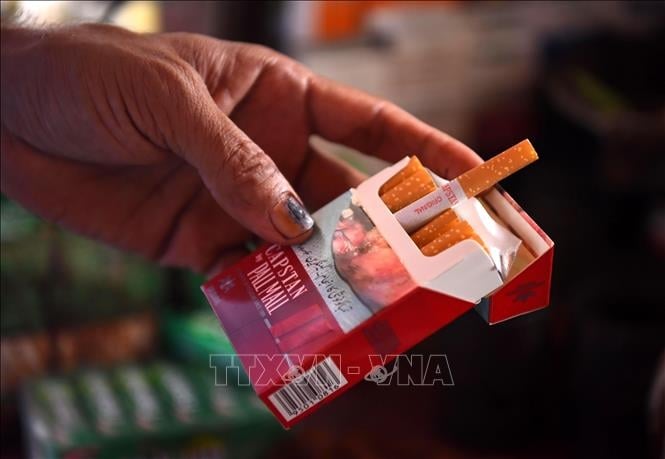

![[Photo] Closing ceremony of the 18th Congress of Hanoi Party Committee](https://vphoto.vietnam.vn/thumb/1200x675/vietnam/resource/IMAGE/2025/10/17/1760704850107_ndo_br_1-jpg.webp)












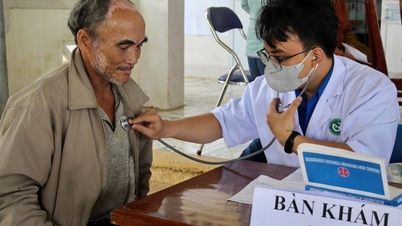

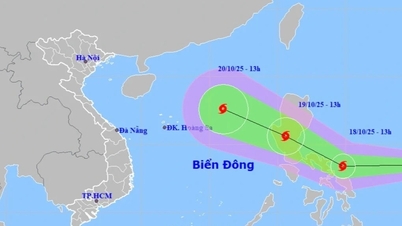






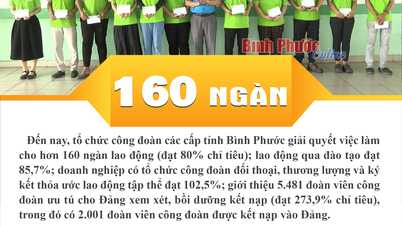




![[Photo] Nhan Dan Newspaper launches “Fatherland in the Heart: The Concert Film”](https://vphoto.vietnam.vn/thumb/1200x675/vietnam/resource/IMAGE/2025/10/16/1760622132545_thiet-ke-chua-co-ten-36-png.webp)


























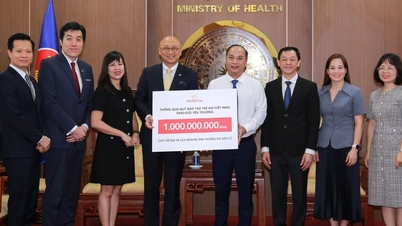

















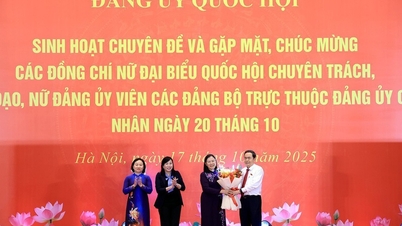









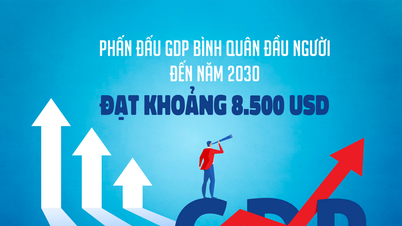






















Comment (0)